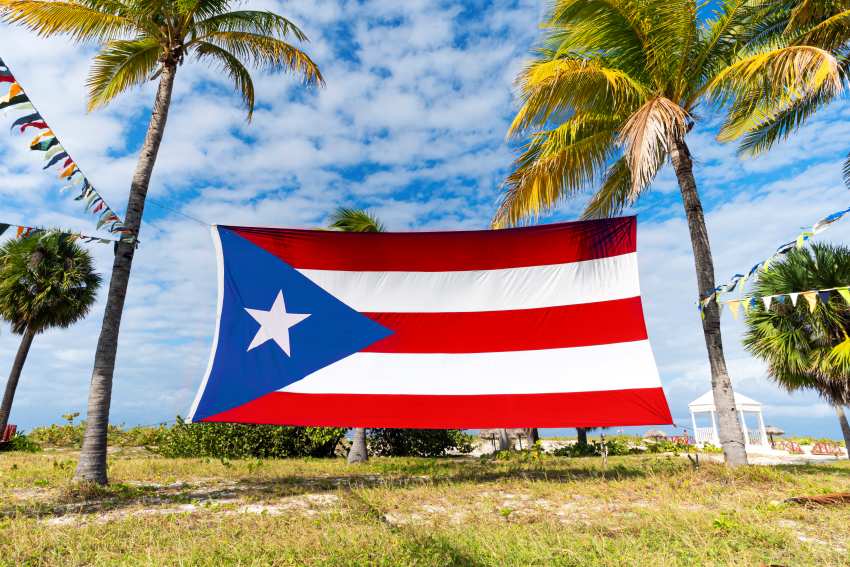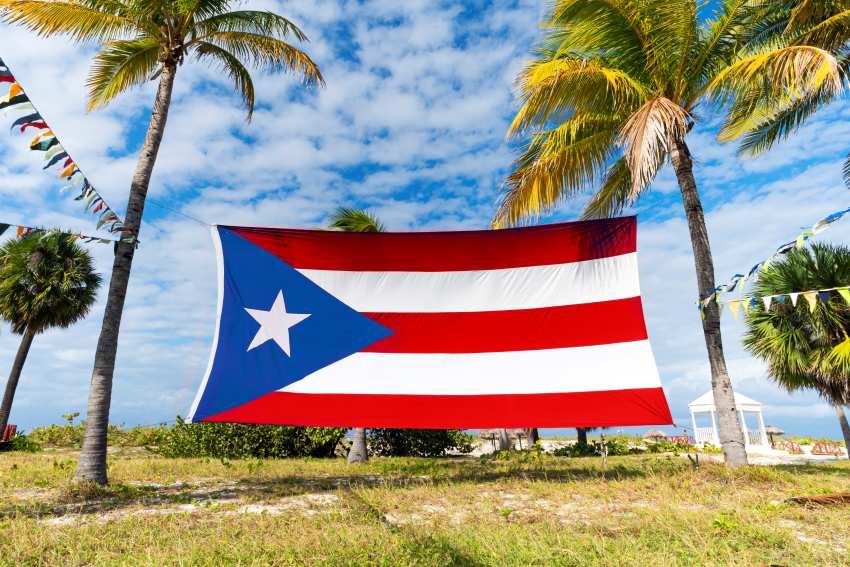Tuesday, June 17, 2025

Bad Bunny’s highly anticipated Puerto Rico concert residency, No Me Quiero Ir de Aquí (“I Don’t Want to Leave Here”), has surpassed expectations to be more than a string of concerts—it’s a massive cultural and economic phenomenon. Currently running at San Juan’s Coliseo de Puerto Rico, the residency is pulling tourists from around the world and has provided a massive boost to the island’s tourism sector.
Like all surges in visitor numbers, however, comes its share of woes. Where Puerto Rico is reaping the economic benefit, its emphasis is also on making sure its cultural identity is not lost amidst the surging visitor numbers.
The Impact of Bad Bunny’s Residency on Puerto Rico’s Tourism Industry
Puerto Rico has long been known for its vibrant culture, beautiful beaches, and welcoming locals, but Bad Bunny’s residency has brought the island’s tourism into the global spotlight like never before. In January 2025, when Bad Bunny, one of the biggest names in global music, announced his 30-show residency at the Coliseo de Puerto Rico, tourism numbers soared. According to data from ForwardKeys, the week following the announcement saw a more than sevenfold increase in international flight searches to Puerto Rico.
The island is expected to see around 600,000 attendees throughout the duration of the residency, which will attract music lovers and tourists from all over the world. Cities such as Los Angeles, Mexico City, and San Francisco saw the largest surges in travel searches, confirming that Bad Bunny’s influence extends far beyond the island’s shores. As a result, Puerto Rico’s hotels and rental properties have also seen significant increases in bookings, with many concertgoers opting to extend their stays beyond the weekend to explore more of the island.
A New Wave of Tourism: Sustainable, Responsible, and Inclusive
While the island is celebrating the influx of visitors, local authorities, including Glorianna Yamín, the vice president of marketing at Discover Puerto Rico (DPR), are focusing on ensuring that this surge in tourism is sustainable. Yamín explains that Puerto Rico is actively promoting responsible tourism to balance economic growth with the need to protect its environment and culture. “It’s a pivotal moment for the industry,” she states, acknowledging that while tourism is on the rise, it is essential to ensure that visitors behave respectfully and responsibly while experiencing the island.
DPR has rolled out several initiatives aimed at promoting responsible tourism. One of the standout programs is the Green Path, which certifies visitors as “responsible travelers.” Through a website with interactive content, quizzes, and videos, tourists are educated on sustainable lodging, eco-friendly excursions, and locally sourced dining options. Visitors who complete the program are rewarded with discounts at participating businesses, incentivizing them to make responsible choices during their stay.
Additionally, Discover Puerto Rico has partnered with local businesses and cultural organizations to highlight Puerto Rico’s history, gastronomy, music, and traditions. “We want our visitors to be intrigued about our culture and history,” says Yamín. Through these partnerships, Puerto Rico aims to educate tourists about local customs, music, and the island’s rich heritage—values that Bad Bunny’s music also touches on in his work.
A Boom in Local Businesses and Cultural Engagement
The tourism boom driven by Bad Bunny’s residency is not just benefiting the island’s larger hotels and resorts. Small and medium-sized businesses, particularly those in the tourism and hospitality sectors, are also reaping the rewards. Local restaurants, hotels, and even artisanal shops are taking advantage of the influx of visitors by offering Bad Bunny-themed experiences.
For example, local catamaran companies are offering unique concert-themed tours like the “Culebra Café and Salsa Tour” sailing experience with East Island Excursions. Restaurants are creating cocktails inspired by Bad Bunny’s hit songs, while artisans are crafting souvenirs and giveaways celebrating the star’s influence. Even the tourism board is tapping into Bad Bunny’s star power by promoting curated itineraries that encourage visitors to explore regions outside the capital of San Juan, helping to decentralize tourism and reduce overcrowding in popular tourist hotspots.
Yamín emphasizes that these promotions are important because they allow visitors to enjoy Puerto Rico in a more authentic way. “Many businesses have gotten creative with their offerings,” she says, noting that these partnerships not only benefit the tourism economy but also create a more immersive experience for visitors. By encouraging tourists to explore the island’s lesser-known attractions, Discover Puerto Rico hopes to spread the economic impact more evenly across the entire island.
Managing the Environmental and Cultural Impact of Increased Tourism
Puerto Rico’s tourism industry is also mindful of the environmental impact of the increased visitor numbers. Overcrowding in certain areas, such as popular beaches and natural reserves, has been a concern for local authorities. With tourism on the rise, maintaining the delicate balance between promoting economic growth and protecting the island’s natural and cultural assets is paramount.
To mitigate this, DPR has launched a series of campaigns under the Return the Love initiative. This campaign encourages respectful tourism by educating visitors on how to behave while enjoying the island’s natural and cultural sites. The campaign features video content that highlights how tourists can leave Puerto Rico better than they found it, focusing on the importance of preserving the island’s natural beauty and respecting local traditions.
Additionally, efforts to protect cultural heritage sites are being ramped up. Puerto Rico’s stunning beaches, vibrant rainforests like El Yunque, and historical landmarks are being carefully managed to ensure they remain protected from overexploitation. Local businesses and government agencies are working together to create a sustainable tourism infrastructure that can accommodate the influx of visitors while preserving the island’s precious resources for future generations.
The Global Influence of Bad Bunny and Puerto Rico’s Cultural Identity
Bad Bunny’s influence is undeniable. His music reflects Puerto Rico’s identity, and his platform has been instrumental in promoting Puerto Rican culture worldwide. His residency has not only elevated the island’s tourism but has also served as a reminder of Puerto Rico’s deep cultural roots. Through his music, Bad Bunny has made the island’s history, music, and cuisine a central focus, bringing global attention to Puerto Rico’s unique cultural offerings.
The residency has also sparked discussions about the broader implications of tourism in Puerto Rico. While the economic benefits are clear, the challenge will be ensuring that the cultural and environmental impacts are managed responsibly. Puerto Rico’s focus on sustainable tourism is crucial for its long-term success as a travel destination.
A Cultural and Economic Milestone for Puerto Rico
The concert residency of Bad Bunny is a signature event for Puerto Rico. Not only has it fueled tourism and the economy on the island but also intensified a bond with visitors and island culture. With the residency still bringing visitors in from all around the world, Puerto Rico is becoming a global pioneer in sustainable and socially responsible tourism.
By embracing the popularity of Bad Bunny, Puerto Rico is not only financially benefiting from tourism but also ensuring that its invaluable cultural identity is protected today and tomorrow. With sustainable travel initiatives such as its Green Path certification and respect tourism campaigns, the island is at the forefront of sustainable travel. With increasing numbers of tourists arriving at Puerto Rico, the challenge ahead will be to protect the island’s mystique, its heritage, and its natural terrain so that future generations are able to enjoy the very same things that have brought Puerto Rico so much popularity.

